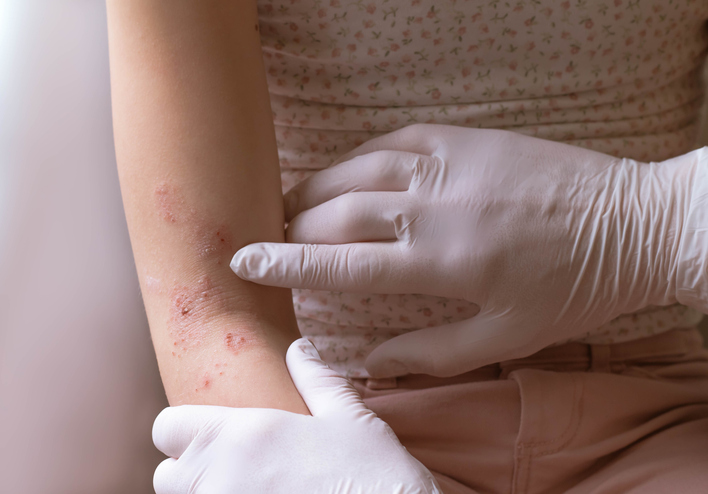
"A new clinical tool may improve how physicians assess the severity of a painful and often debilitating skin disorder, according to a study recently published in JAMA Dermatology. Epidermolysis Bullosa Simplex (EBS) is the most common subtype of Epidermolysis Bullosa (EB), a group of inherited skin conditions characterized by blistering and skin fragility. Despite its prevalence, there is no U.S. Food and Drug Administration-approved treatment for EBS, and clinicians have lacked a standardized method to measure disease severity, until now."
"In the current study, investigators from medical sites across the country analyzed a repository of 130 clinical photographs from 80 genetically confirmed EBS patients, capturing a range of disease severities across five anatomical regions. Nine board-certified dermatologists scored the images using a 5-point scale, assessing features such as blistering, erosions and keratoderma. They then compared the scales and found there was strong agreement among the scoring dermatologists."
Epidermolysis Bullosa Simplex (EBS) is the most common subtype of Epidermolysis Bullosa, marked by blistering and skin fragility and lacking FDA-approved treatments. Medical sites across the country analyzed 130 clinical photographs from 80 genetically confirmed EBS patients covering five anatomical regions. Nine board-certified dermatologists scored images on a five-point scale for blistering, erosions, and keratoderma, showing strong inter-rater agreement. Consensus scoring enabled development of the Epidermolysis Bullosa Simplex Disease Activity and Response Tool (EBSdart). EBSdart provides a reliable, disease-specific severity scale to improve monitoring of disease progression, response to therapies, and standardization of clinical trial outcomes.
Read at News Center
Unable to calculate read time
Collection
[
|
...
]